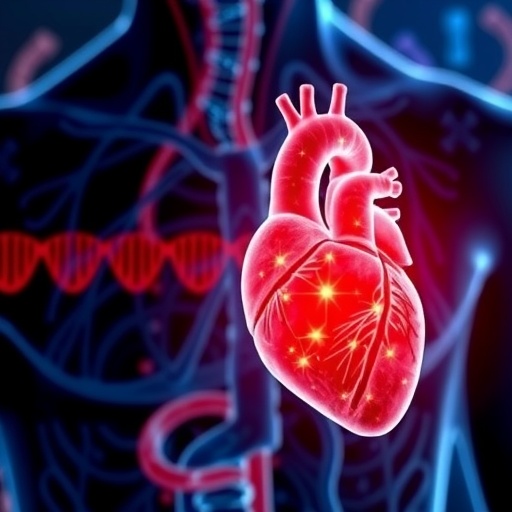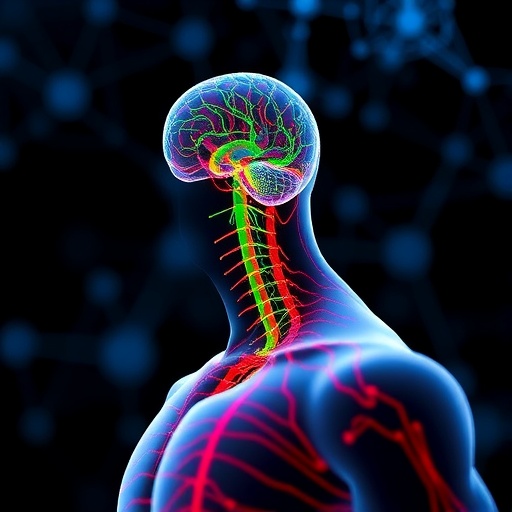A new study has identified important factors that can improve the transfer of patients from the intensive care unit (ICU) to a general hospital ward, a high-risk transition in which breakdowns in communication, medical errors and adverse events resulting in readmission can occur. The research, published in CMAJ (Canadian Medical Association Journal) includes patient and health care provider perspectives that identify resource availability, communications and institutional culture as key factors to be addressed.
"The transfer of patients from the ICU to a hospital ward is one of the most challenging, high-risk and inefficient transitions of care because the patients are among the sickest in the health care system, they are transitioning from high technological units to less acute environments, and many providers are involved in exchanges of information and responsibility," writes Dr. Jeanna Parsons Leigh, Cumming School of Medicine, University of Calgary, Calgary, Alberta, with coauthors.
The study was conducted in 8 hospitals in 7 cities across Canada. Three broad themes emerged from consultation with patients, families and health care professionals that can hinder or improve, high-quality patient transfers: resource availability, communication and culture.
Suggestions to improve patient transfers from the ICU to ward include
- Standardized discharge communication tools to ensure open, continuous communication between patients or families and health care providers
- Standardized discharge communication tools for use among health care providers
- Multiple forms of communication, including both verbal and written tools, to document transfer and ensure continuity of care
- Procedures to manage delays in transferring patients and coordinate care.
The study provides qualitative information on the experiences of patients, families and health care professionals who are involved in this high-risk health care transition.
The authors note that as some participants were interviewed up to two years after the relevant ICU admission, the time elapsed may have affected their recall.
"Patients, family and provider experiences with transfers from intensive care unit to hospital ward: a multi-centre qualitative study" is published June 4, 2018
###
Media Contact
Kim Barnhardt
[email protected]
@CMAJ
http://www.cmaj.ca/




